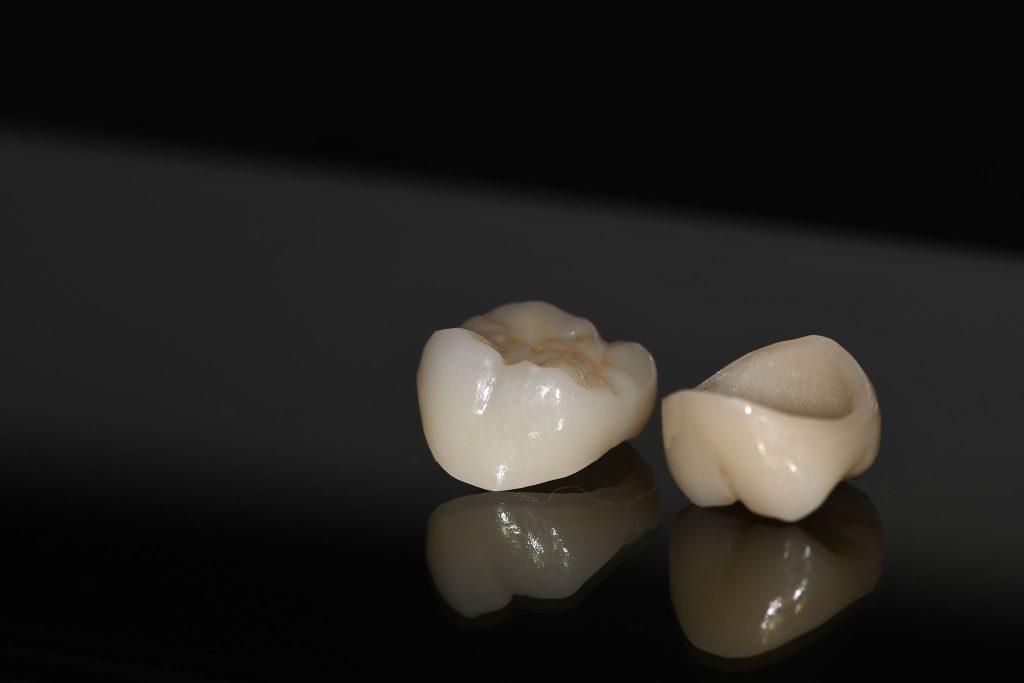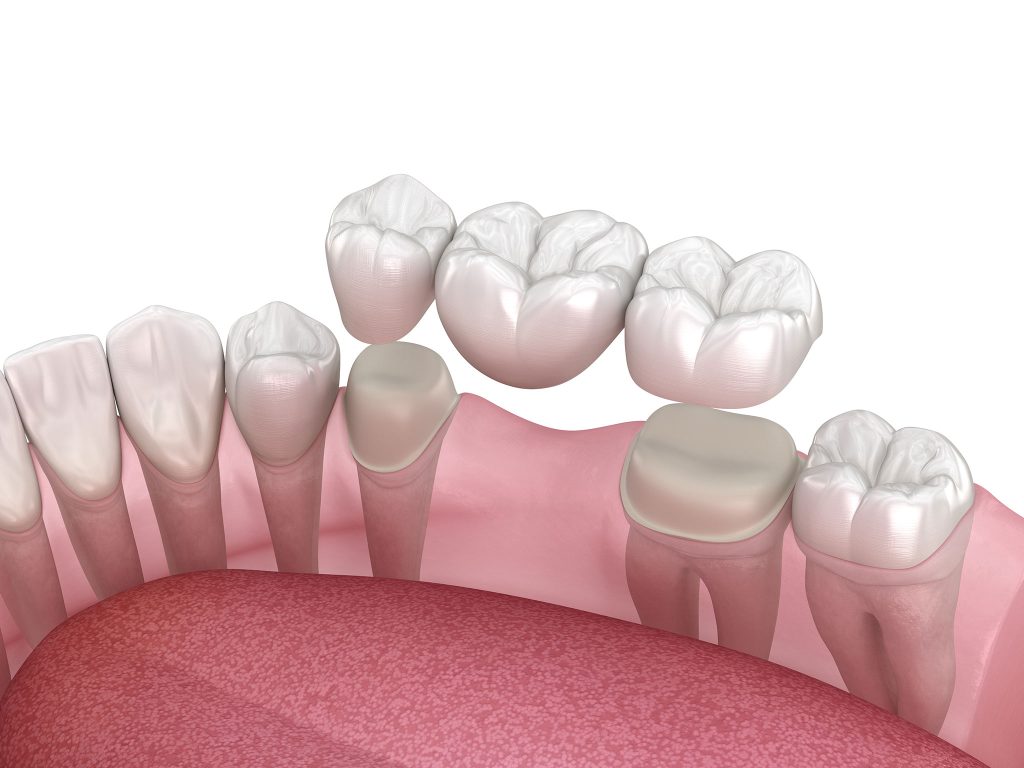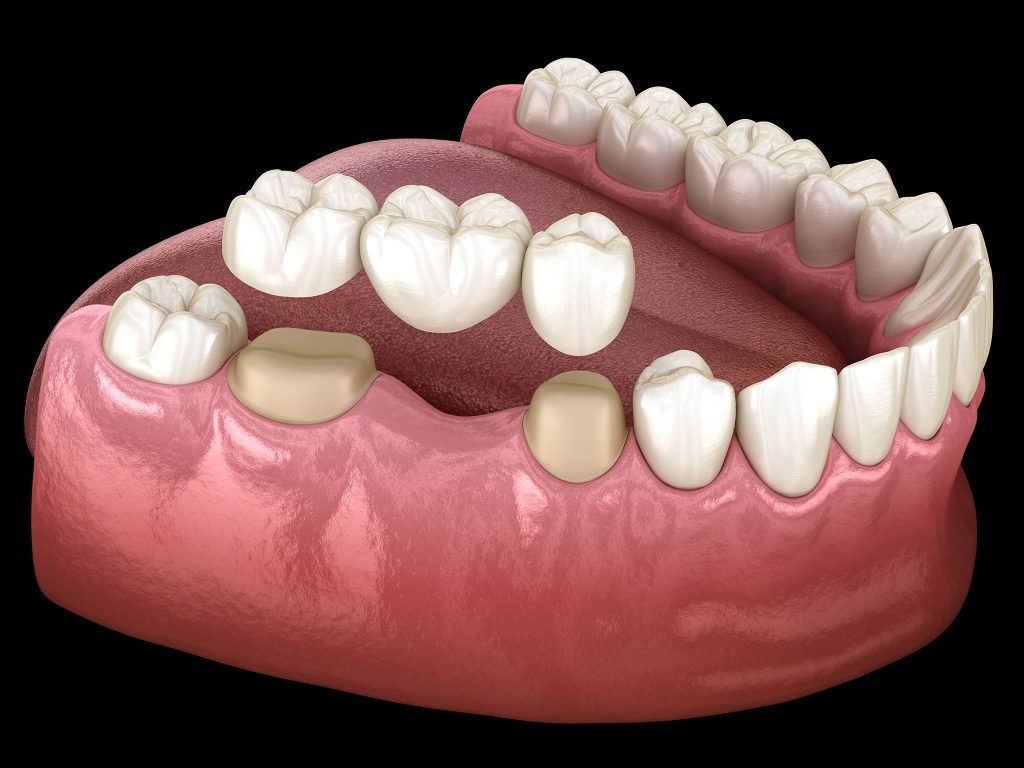What Are Dental Crowns?
Dental crowns are custom-made caps that cover and restore the shape, size, strength, and appearance of a damaged or decayed tooth. They are often used when a tooth is too damaged to be repaired with a filling but still has enough healthy structure to support a crown. Crowns can be made from various materials, including porcelain, ceramic, metal, or a combination of these, allowing for a natural look that blends seamlessly with your smile.
When Are Dental Crowns Needed?
Crowns are typically recommended in the following situations:
- Severe Tooth Decay: When a tooth has extensive decay that cannot be fixed with a filling.
- Cracked or Fractured Teeth: To restore a tooth that has been broken or weakened.
- Root Canal Treatment: After a root canal procedure, a crown is often placed to protect the tooth.
- Cosmetic Improvements: To enhance the appearance of discoloured or misshapen teeth.
- Dental Implants: Crowns are used to complete the restoration of a dental implant.




What Are Dental Bridges?
Dental bridges are prosthetic devices used to replace one or more missing teeth. They are anchored to neighbouring teeth or dental implants and consist of two or more crowns for the teeth on either side of the gap (known as abutment teeth) and a false tooth (pontic) in between. Bridges help restore function and aesthetics, allowing patients to chew and speak comfortably while enhancing their smiles.
Types of Dental Bridges
Traditional Bridges
Consist of one or more pontics held in place by crowns on adjacent teeth.
Cantilever Bridges
Used when there is only one adjacent tooth available for support.
Maryland Bridges
Feature a metal or porcelain framework that is bonded to the back of the adjacent teeth, minimizing the need to alter surrounding teeth.
Implant-Supported Bridges
Utilize dental implants as anchors, providing a stable and durable solution for replacing multiple missing teeth.
Benefits of Crowns and Bridges
| Restoration of Functionality: Both crowns and bridges restore the ability to chew and speak properly, improving overall oral function. |
| Aesthetic Enhancement: Custom-designed to match the natural colour and shape of your teeth, they enhance the appearance of your smile. |
| Durability: Made from strong materials, crowns and bridges can last many years with proper care. |
| Prevent Further Damage: By covering damaged teeth and filling gaps, crowns and bridges help prevent additional dental issues, including shifting teeth and jaw problems. |
The Process for Crowns and Bridges
First Visit
During your initial appointment, the dentist will assess your oral health and take impressions of your teeth. If a crown is being placed, the affected tooth will be prepared by removing decay or shaping it for the crown. A temporary crown may be placed while your custom crown or bridge is created.
Second Visit
Once your custom crown or bridge is ready, you will return to the dental office for placement. The dentist will ensure a proper fit and make any necessary adjustments before permanently cementing the crown or bridge in place.
Maintenance
Maintaining good oral hygiene is crucial for the longevity of crowns and bridges. Regular brushing, flossing, and dental check-ups will help keep your restorations in excellent condition. It is also advisable to avoid hard foods and habits like teeth grinding that could damage the restorations.
